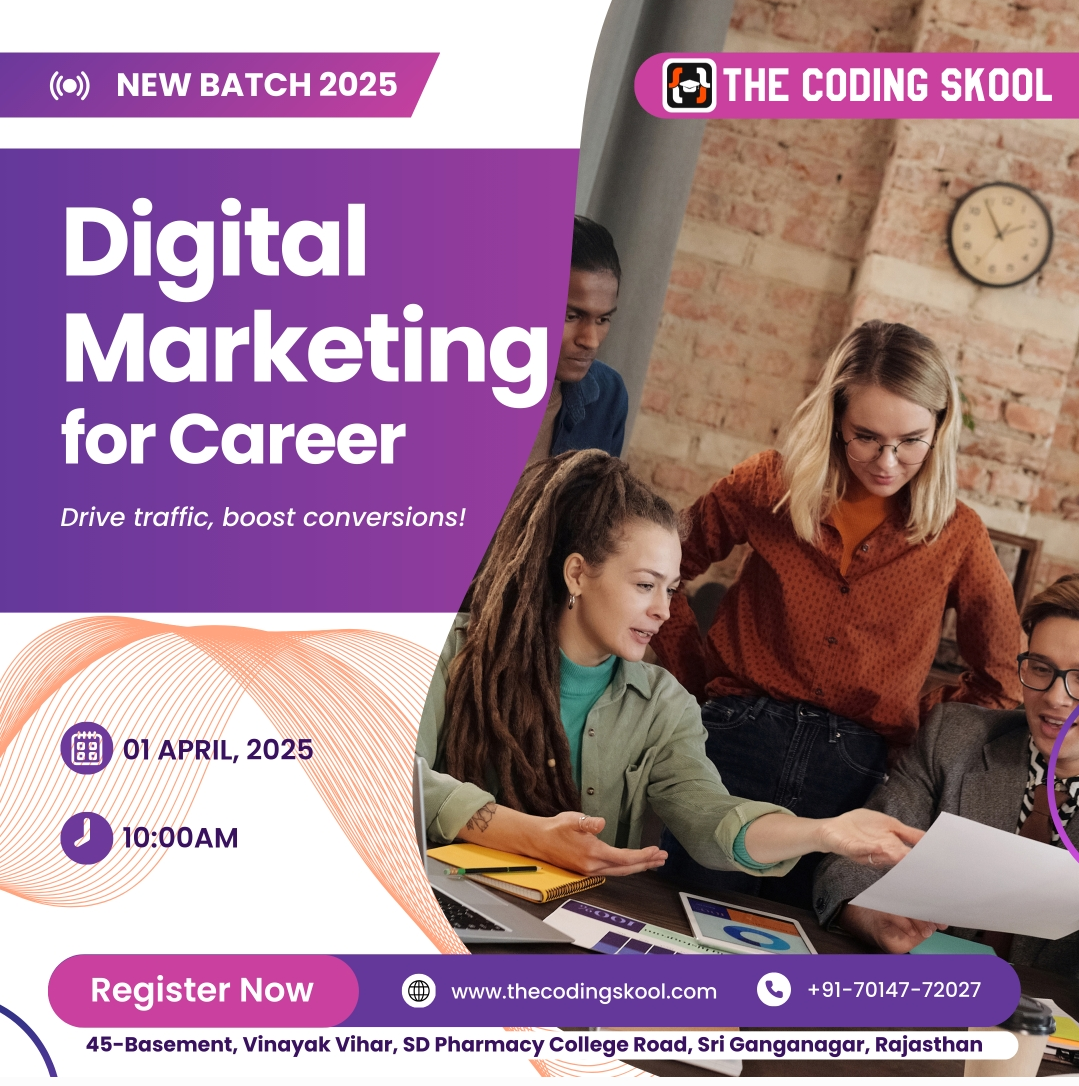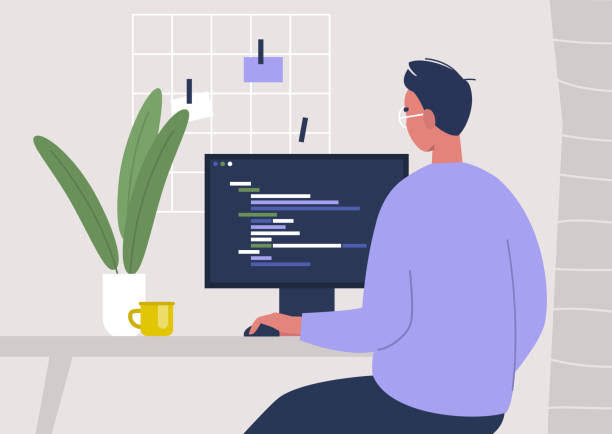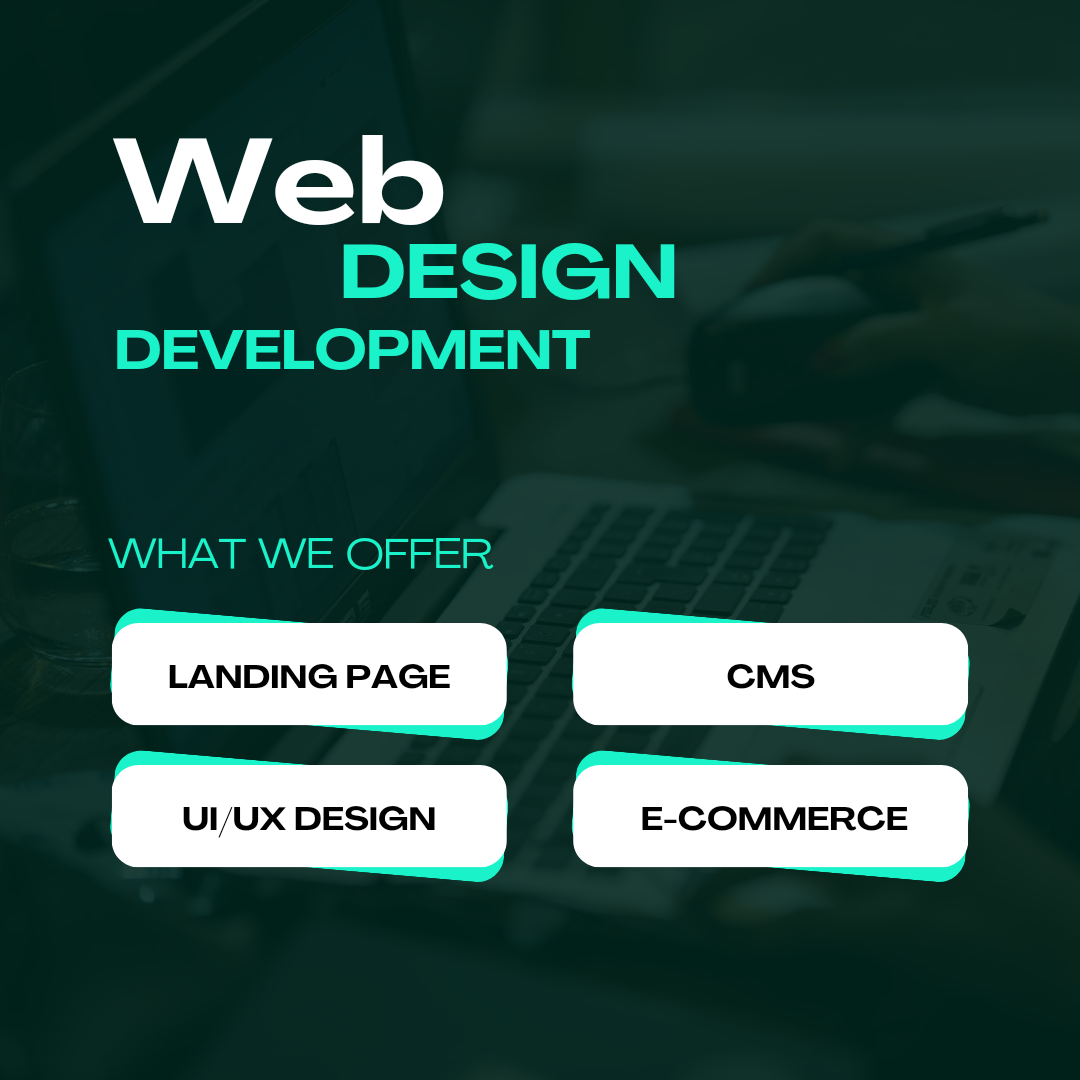The Coding Skool
Join The Coding Skool and unlock the door to endless possibilities in tech. Whether you dream of becoming a software engineer, app developer, or tech entrepreneur, our comprehensive programs provide the tools and knowledge you need to turn your aspirations into reality.

The Coding Skool
Join The Coding Skool and unlock the door to endless possibilities in tech. Whether you dream of becoming a software engineer, app developer, or tech entrepreneur, our comprehensive programs provide the tools and knowledge you need to turn your aspirations into reality.

The Coding Skool
Join The Coding Skool and unlock the door to endless possibilities in tech. Whether you dream of becoming a software engineer, app developer, or tech entrepreneur, our comprehensive programs provide the tools and knowledge you need to turn your aspirations into reality.


Course Overview
DISCLAIMER: WE ARE NOT SEBI REGISTERED AND DO NOT SELL ANY KIND OF INFORMATION RELATED TO THE STOCK MARKET/SHARE MARKET. WE DO NOT GUARANTEE ANY FINANCIAL BENEFITS WITH TRADING OR IN STOCKS & SHARES. THIS COURSE IS DESIGNED FOR THOSE WHO WANT TO LEARN THE TERMS OF THE INDIAN SHARE MARKET/STOCK MARKET. WE DO NOT PROMISE ANY KIND OF FINANCIAL BENEFITS.
Unlock the world of investing with our Stock Market & Shares course — a practical and beginner-friendly guide to understanding how financial markets work. Learn how to invest wisely, minimize risks, and grow your wealth with informed strategies. This course blends financial literacy, stock trading insights, and real-market simulations to build your confidence and capability as a market participant.
Key Highlights
- Beginner to Intermediate Level
- Real Market Examples with NSE/BSE Data
- Technical + Fundamental Analysis
- Portfolio Building Strategies
- Live Demo on Trading Platforms
Course Duration
Duration: 30–40 Hours
Mode: Offline / Online / Hybrid
Level: Beginner-Friendly
Language: English / Hindi
Course Modules
Introduction to Financial Markets
- What is the Stock Market?
- Types of Financial Markets (Primary, Secondary)
- Key Market Participants: Retail Investors, Brokers, FIIs, DIIs
- Overview of NSE, BSE, SEBI, Sensex, and Nifty
Basics of Shares and Investing
- What is a Share? Equity vs. Preference Shares
- IPOs & FPOs – Entry to the Market
- Demat & Trading Accounts
- Role of Depositories (NSDL, CDSL)
Types of Instruments & Orders
- Equity, Mutual Funds, ETFs, Commodities, Derivatives
- Order Types: Market, Limit, Stop Loss, Bracket
- Understanding Bids, Asks, and Volumes
Fundamental Analysis
- Reading Financial Statements (Balance Sheet, P&L, Cash Flow)
- EPS, PE Ratio, ROE, Debt-Equity Ratio
- Economic Indicators: GDP, Inflation, RBI Policy, Global Factors
- Identifying Undervalued Stocks
Technical Analysis
- Candlestick Patterns & Chart Reading
- Support & Resistance, Trendlines
- Moving Averages (SMA, EMA)
- RSI, MACD, Bollinger Bands, Volume Analysis
Intraday, Swing & Long-term Investing
- Difference in Strategy & Risk
- Rules for Day Trading & Swing Trading
- Building a Long-Term Portfolio
- Diversification & Risk Mitigation
Understanding Derivatives (Optional Advanced Module)
- Futures & Options: Basics and Terminology
- Call & Put Options, Strike Price, Premium
- Option Chain Reading & Basic Strategies
Tools, Platforms & Resources
- Using Trading Platforms (Zerodha, Groww, Upstox, etc.)
- Live Market Watch & Trade Simulation
- Screeners & Research Tools
- Understanding Brokerage and Charges
Risk Management & Psychology
- Capital Allocation Rules
- Setting Stop Losses & Targets
- Common Investor Mistakes
- Discipline, Emotions, and Long-Term Thinking
Building Your Investment Plan
- Short-term & Long-term Goals
- SIPs, Diversified Portfolios
- Tax Implications of Investing
- Creating a Custom Investment Strategy
- Live Activities
- Real-time Portfolio Building
- Virtual Trading Competitions
- Case Studies on Successful Investors (e.g., Warren Buffett, Rakesh Jhunjhunwala)
- News-based Market Analysis Exercises
Who Should Enroll
- College Students & Young Professionals
- Beginners Interested in the Stock Market
- Business Owners, Freelancers, Homemakers
- Anyone looking to gain financial independence

- Hands-on Practical Training
- Real-world Business Examples
- Project-based Learning
- Certificate of Completion
Conditional Formatting & Data Visualization
Printing, Page Layout & Document Security
Who Should Enroll
Certification

Learn Digital Marketing from Experts – Build Your Career in the Digital World

Unlock your potential in the fast-growing online industry with our Digital Marketing Training Program. This comprehensive course is designed to equip you with in-demand digital skills, tools, and strategies used by top marketers across the globe.
Whether you're a student, entrepreneur, working professional, or job seeker, our Digital Marketing Course will help you become job-ready and stand out in the competitive digital space.
What You'll Learn in This Digital Marketing Course:
SEO (Search Engine Optimization) – Increase your website visibility on Google
Google Ads (PPC Advertising) – Run paid campaigns that convert
Social Media Marketing – Master strategies to grow your brand on Facebook, Instagram, LinkedIn & more
Email Marketing – Build subscriber lists and convert them into loyal customers
Content Marketing – Craft engaging, SEO-friendly content that attracts and retains users
Web Analytics – Learn how to measure campaign performance using Google Analytics
Why Choose Our Digital Marketing Training Program?
100% practical sessions with real-world projects
Experienced trainers with years of experience
Placement assistance & resume building
Access to premium tools like SEMrush, Canva, Google Ads, Meta Business Suite, etc.
Lifetime support and course material access
Our Digital Marketing Training Program is regularly updated with the latest industry trends, helping you stay ahead of the curve. From understanding the basics to running real-time campaigns, we cover everything that makes you a complete digital marketer.
Career Opportunities After Completing This Digital Marketing Course
Digital Marketing Executive
SEO Specialist
Social Media Marketing Manager
PPC Expert
Content Strategist
Freelance Digital Marketer
E-commerce Marketing Manager
Course Duration & Certification
Duration: 3 Months
Mode: Online / Offline (Both Available)
Certification: Recognized Course Completion Certificate
Ready to Launch Your Digital Career?
Take the first step toward a high-paying and in-demand profession with our expert-led Digital Marketing Course. Learn SEO, PPC, and Social Media Marketing, and master how digital businesses grow online.
Enroll Now and become a certified digital marketing professional!

Course Overview
The Basic Computer Training course is designed to provide essential computer skills to individuals seeking to enhance their proficiency in using common office software and internet applications. This course covers the fundamentals of MS Word, MS Excel, MS PowerPoint, internet usage, email management, file sharing, and printing documents. Ideal for beginners, this course aims to build a solid foundation in computer literacy, enabling students to efficiently perform daily tasks on a computer.
Course Content
1. MS Word
· Introduction to MS Word
· Creating, Opening, and Saving Documents
· Text Formatting and Editing
· Using Templates and Styles
· Inserting Images, Tables, and Charts
· Page Layout and Design
· Reviewing and Proofreading Tools
· Printing and Sharing Documents
2. MS Excel
· Introduction to MS Excel
· Creating and Managing Worksheets and Workbooks
· Data Entry and Formatting
· Basic Formulas and Functions
· Creating Charts and Graphs
· Sorting and Filtering Data
· Using PivotTables
· Printing Spreadsheets
3. MS PowerPoint
· Introduction to MS PowerPoint
· Creating and Managing Presentations
· Slide Layouts and Themes
· Adding Text, Images, and Multimedia
· Using Transitions and Animations
· Creating and Formatting Charts and Tables
· Presentation Tips and Best Practices
· Printing and Sharing Presentations
4. Use of Internet
· Introduction to the Internet
· Understanding Web Browsers and Search Engines
· Effective Web Searching Techniques
· Navigating Websites and Online Resources
· Understanding Internet Safety and Security
· Downloading and Uploading Files
5. Email
· Introduction to Email
· Creating and Managing Email Accounts
· Composing, Sending, and Receiving Emails
· Attaching Files and Images to Emails
· Organizing and Managing Inbox and Folders
· Email Etiquette and Best Practices
· Using Email Clients and Webmail
6. Sharing Files and Documents Between Devices
· Understanding File Formats and Sizes
· Methods of File Transfer: USB, Bluetooth, Wi-Fi
· Using Cloud Storage Services (Google Drive, Dropbox)
· Sharing Files via Email and Messaging Apps
· Collaborative Tools for Document Sharing (Google Docs, OneDrive)
· Printing Documents and Files
7. Setting Up and Installing Printers
· Printing Documents from MS Word, Excel, and PowerPoint
· Printer Settings and Options
· Troubleshooting Common Printing Issues
· Printing from Mobile Devices
Course Duration
The course runs for 2 months, with classes held daily. Each session is 1 hours long, combining both theoretical instruction and hands-on practice.
Assessment and Certification
Continuous assessment through practical exercises and quizzes. Final project involving the creation of a comprehensive document using the skills learned.
Certificate of Completion awarded to students who successfully complete the course.
Prerequisites
Basic understanding of using a computer and navigating the desktop environment. No prior experience with the specific software applications is required.
Enrollment
To enroll, visit our website and fill out the application form. For more information, contact our admissions office at query@thecodingskool.com or +91-70147-72027.
Enhance your computer skills and become proficient in essential office software with our Basic Computer Training course. Start your journey towards digital literacy today!
About Us
We're leading Computer Training, software development and consulting company. We provide Training,Consulting, Mentoring, Project Management, Analysis, Architectural Design, Application Development, Web Developement & Designing and other services for various organizations. We Provides field training with online projects, off-line projects, web based projects. We have been part of some of the most important projects in the industry, which dealt in various fields like e-commerce, job search, and mobile technologies with game event management. We have also played a considerable role in the creation of some of the finest and popular entertainment websites and shopping portals.
Professional Email Service

Make your business more professional by using professional email for your business. No website or app is required for the Professional Email Service.
Laravel Application

Certainly! Here's a description of C++ with key points:
1. **Object-Oriented Programming (OOP)**:
- C++ is a multi-paradigm programming language, but it's most prominently known for its support for OOP.
- It allows the creation of classes and objects, encapsulation, inheritance, and polymorphism.
2. **Compiled Language**:
- C++ is a compiled language, meaning that source code is translated into machine code before execution.
- It offers high performance and efficiency due to its close-to-hardware nature.
3. **Rich Standard Library**:
- C++ comes with a rich standard library that provides a wide range of functions and utilities for common programming tasks.
- It includes libraries for handling strings, input/output operations, containers (like vectors, lists, maps), algorithms, and more.
4. **Memory Management**:
- C++ allows explicit memory management using pointers.
- It provides features like dynamic memory allocation and deallocation using `new` and `delete` keywords, which gives programmers control over memory usage.
5. **Performance**:
- C++ is known for its high performance and efficiency, making it suitable for system-level programming, game development, and other performance-critical applications.
- It allows for low-level manipulation and optimization of code, such as inline assembly.
6. **Platform Independence**:
- C++ programs can be written to be platform-independent using abstractions provided by the language and its standard library.
- However, direct system interactions may require platform-specific code.
7. **Compatibility with C**:
- C++ is largely compatible with the C programming language, allowing C code to be integrated into C++ programs seamlessly.
- C++ adds additional features and improvements over C, such as classes, templates, and exception handling.
8. **Templates**:
- C++ templates provide a powerful mechanism for generic programming.
- They allow functions and classes to operate with generic types, enabling code reusability and flexibility.
9. **Exception Handling**:
- C++ supports exception handling mechanisms for dealing with runtime errors and exceptional conditions.
- It allows programmers to write code that gracefully handles errors and failures.
10. **Standardization**:
- C++ is standardized by the International Organization for Standardization (ISO), with the latest version being C++17 (as of my last update).
- The standardization ensures consistency and portability across different compilers and platforms.
These points capture some of the key features and characteristics of the C++ programming language.
Responsive Web Development

Welcome to The Coding Skool's comprehensive fullstack UI design and development services, where we specialize in crafting tailored, modern web applications that seamlessly integrate intuitive user interfaces with robust backend functionalities. Whether you're launching a new project or looking to revamp an existing application, our team is dedicated to delivering solutions that not only meet but exceed your expectations.
UI/UX Design Excellence
At the heart of every successful web application lies a captivating user experience (UX) and an engaging user interface (UI). Our experts begin by understanding your vision and target audience, meticulously designing interfaces that are both aesthetically pleasing and user-friendly. From wireframing to prototyping, we ensure every element enhances usability and reflects your brand identity. Through iterative feedback and testing, we refine designs to achieve optimal usability and visual appeal.
Cutting-Edge Frontend Development
Our frontend development services harness the latest technologies including HTML5, CSS3, and JavaScript frameworks such as React, Vue.js, and Angular. This enables us to create dynamic, responsive interfaces that deliver a seamless experience across devices and browsers. Whether it's implementing complex animations, integrating third-party APIs, or optimizing performance, we prioritize scalability and maintainability to future-proof your application.
Robust Backend Solutions
Powering the core functionality of your application, our backend development team excels in building scalable, secure, and efficient systems. Leveraging frameworks like Node.js, Django, Laravel, and databases such as MySQL, PostgreSQL, and MongoDB, we ensure seamless data management, API integrations, and server-side logic. Our solutions are designed to handle high traffic, maintain data integrity, and support future growth without compromising on performance.
Comprehensive Database Management
Effective data management is crucial for modern web applications. We employ advanced database solutions tailored to your application's needs, ensuring secure storage, efficient querying, and seamless scalability. Whether it's designing normalized database schemas, implementing caching strategies, or ensuring data encryption and compliance, we prioritize data security and reliability throughout the development lifecycle.
Integration and Deployment Expertise
A successful launch is just the beginning. Our team provides end-to-end support in deploying your application to production environments, ensuring a smooth transition from development to live deployment. We adhere to best practices in continuous integration and deployment (CI/CD), automate testing processes, and monitor performance metrics to guarantee optimal uptime and user experience.
Client-Centric Approach
We believe in collaborative partnerships with our clients, emphasizing transparency, communication, and responsiveness throughout the project lifecycle. From initial consultation to post-launch support and maintenance, we are committed to delivering solutions that align with your business objectives and exceed industry standards.
Conclusion
Whether you're a startup aiming to disrupt the market or an established enterprise seeking digital transformation, The Coding Skool's fullstack UI design and development services empower you to innovate and thrive in today's competitive landscape. Contact us today to discuss your project requirements, and let's embark on a journey to create exceptional web experiences together. Together, we'll build not just applications, but digital solutions that leave a lasting impact.
Thanks
Pwa Application Development

Progressive Web Applications (PWAs) represent a significant evolution in web technology, combining the best features of web and mobile applications to provide users with a seamless and engaging experience. Here's a comprehensive description of PWA application development: ### Introduction to Progressive Web Applications (PWAs) Progressive Web Applications (PWAs) are web applications that leverage modern web capabilities to provide an app-like experience to users directly through the web browser. They are built using standard web technologies such as HTML, CSS, and JavaScript but offer features traditionally associated with native mobile apps. ### Key Features of PWAs 1. **Responsive:** PWAs are designed to work seamlessly across various devices and screen sizes, including desktops, smartphones, and tablets, ensuring a consistent user experience. 2. **App-like Experience:** PWAs provide an immersive, app-like experience to users, including smooth animations, offline functionality, and push notifications, enhancing user engagement and retention. 3. **Reliability:** PWAs are designed to be reliable, even in uncertain network conditions. They can work offline or with a poor internet connection, thanks to features like service workers and caching strategies. 4. **Fast Performance:** PWAs load quickly and respond instantly to user interactions, delivering a smooth and snappy user experience comparable to native mobile apps. 5. **Discoverability:** PWAs are discoverable through search engines and can be easily shared via URLs, eliminating the need for app store distribution and installation. 6. **Security:** PWAs are served over HTTPS to ensure data security and integrity, protecting both users and the application from potential security threats. ### Components of PWA Development 1. **Service Workers:** Service workers are JavaScript files that run in the background, intercepting network requests and enabling features such as offline caching, push notifications, and background sync. 2. **App Shell Architecture:** PWAs often adopt the app shell architecture, separating the application's content from its user interface (UI) elements to enable fast loading and smooth navigation. 3. **Web App Manifest:** The web app manifest is a JSON file that defines the PWA's metadata, including its name, icons, theme colors, and display modes, allowing browsers to install the PWA to the home screen and launch it in standalone mode. 4. **Responsive Design:** PWAs are built with responsive design principles to ensure that they adapt and render properly on different devices and screen sizes, providing a consistent user experience. 5. **Offline Caching:** PWAs use caching strategies to store assets and data locally, enabling offline functionality and faster loading times, even when the device is not connected to the internet. 6. **Push Notifications:** PWAs can send push notifications to engage users and provide timely updates or reminders, improving user re-engagement and retention. ### Advantages of PWA Development 1. **Cost-Effectiveness:** PWAs eliminate the need for separate development efforts for different platforms (e.g., iOS and Android), reducing development costs and time-to-market. 2. **Cross-Platform Compatibility:** PWAs are platform-agnostic and can run on any device with a modern web browser, reaching a broader audience without requiring separate app versions. 3. **Improved User Engagement:** PWAs offer features such as push notifications and offline functionality, enhancing user engagement and satisfaction. 4. **Faster Iteration Cycles:** PWAs can be updated and deployed instantly without requiring app store approval, enabling faster iteration cycles and continuous improvements based on user feedback. 5. **Better Discoverability:** PWAs can be indexed by search engines and shared via URLs, increasing discoverability and organic traffic to the application. 6. **Reduced Friction:** PWAs eliminate the barrier of app store downloads and installations, providing a frictionless user experience that encourages adoption and usage. ### Conclusion Progressive Web Applications (PWAs) represent the future of web development, offering a compelling alternative to traditional native mobile apps. By combining the best features of web and mobile technologies, PWAs provide users with fast, reliable, and engaging experiences across various devices and network conditions. With their numerous advantages and growing support from major browsers and platforms, PWAs are poised to revolutionize the way we build and experience web applications.
